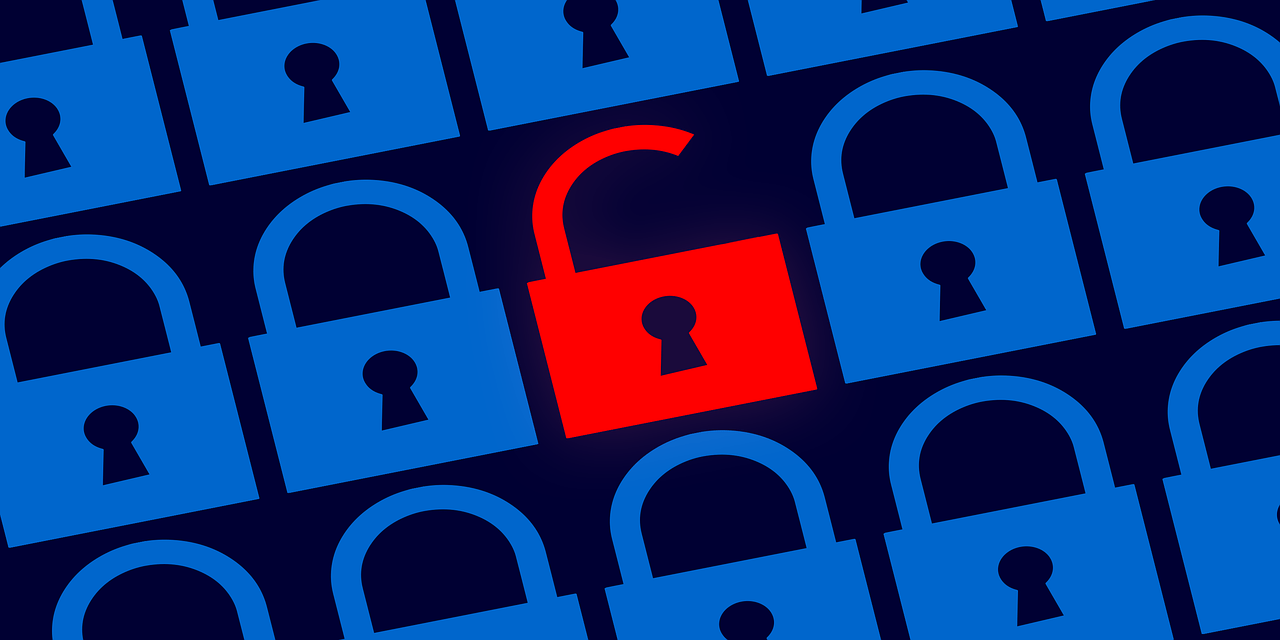Cybersecurity has become a top priority for businesses. Most organizations have already adopted capable security solutions to protect their networks from attacks. Unfortunately, these solutions may not be enough.
Since the start of the coronavirus pandemic, hackers have been reported to be ramping up their attacks. They look to prey upon the many businesses that were forced to shift to remote work. Companies are adopting new apps and devices which can introduce new vulnerabilities in the network that hackers can exploit. IT teams are struggling to cope; almost half of businesses are not ready for cyberattacks during the coronavirus pandemic.
Considering how companies already have to take on the challenge of ensuring business continuity, suffering a security breach can have major ramifications. For example, French company Tarkett was recently hit by a cyberattack despite having security measures in place. The attack disrupted the company’s operations and caused its shares to fall by 4.9 percent.
This is why organizations must double down on their cybersecurity efforts. Aside from setting up strict security measures, they must perform continuous security testing so that they can identify and fix the flaws in their networks immediately.
Hackers are exploiting vulnerabilities
Today’s modern IT infrastructure is often composed of various components including conventional on-premises servers and appliances, cloud-based platforms and applications, and various end-user devices such as workstations and smartphones. Unfortunately, this more complex and hybrid composition is likely to be more vulnerable.
Components, for instance, can have unpatched bugs. Microsoft recently found a vulnerability in all supported versions of its Windows operating system. The bug can be exploited by tricking users into executing a malicious document that deploys malware.
Applications can also have security flaws. Video conferencing tools have seen a major surge in usage due to the shift to remote work because of the pandemic. Zoom’s privacy and security shortcomings allowed hackers to steal 530,000 account credentials and sell them in the black market.
What’s more worrying is that cybercriminals have found more sophisticated ways to find and attack flaws in corporate networks. Some threat actor groups can circumvent filtering and screening programs so that they can gain unauthorized access to networks and implant malware without being detected. Hackers have also improved their web skimming tactics to exploit security flaws in e-commerce websites. They can insert malicious codes on checkout pages to redirect users to a website clone that steals credentials.
For companies, cyberattacks can result in data loss, damage to intellectual property, and business disruptions. Recovering from attacks and applying the necessary remediation also entails costs. They must also deal with mending their reputation and gaining back customer trust. Fifty-nine percent of consumers say they will likely avoid businesses that fall prey to a cyberattack. Businesses who are already struggling financially cannot afford to lose customers at a time like this.
Continuous security testing can help
Given how relentless hackers have become in finding vulnerabilities that they can exploit, companies must do their part in bolstering their defenses. They must identify and address the flaws in their networks. To do this, they must perform continuous security testing.
Security testing allows businesses to assess how their defenses perform against modern threats. However, performing manual testing can be a challenge. Traditional methods such as manual penetration testing can be time-consuming and technically demanding.
Fortunately, there are now breach and attack simulation (BAS) platforms available that can automatically simulate attacks across vectors to help organizations quickly assess if their security controls are strong enough to mitigate threats.
Endpoint security such as firewalls can be tested if they can block malicious traffic and protect web applications from being infected. Web gateways and operating systems can also be tested for configurations that would enable malware to laterally move within the network.
These tests are particularly useful especially when most companies are currently relying on network-enabled software and tools for their business. If these solutions perform poorly, they can be immediately reconfigured or be swapped out for more capable tools.
Continuous security testing enables organizations to evaluate their defenses and address vulnerabilities in their networks so that they can reduce the risk of suffering an attack.
Establishing a strong posture
Organizations must implement stringent security measures that can protect them from modern threats. They must ensure that their tools are properly configured and regularly updated. Companies must also routinely assess their security posture so that they can identify if there are any security gaps. This will allow them to fix vulnerabilities before they can be exploited by hackers.
Falling victim to a cyberattack can cause irreparable damage to any organization. As such, it will be prudent that they be proactive in cybersecurity. Continuous security testing can help companies put in place the best possible security system to protect them from attacks, particularly now that the world is moving toward a different landscape altogether.

